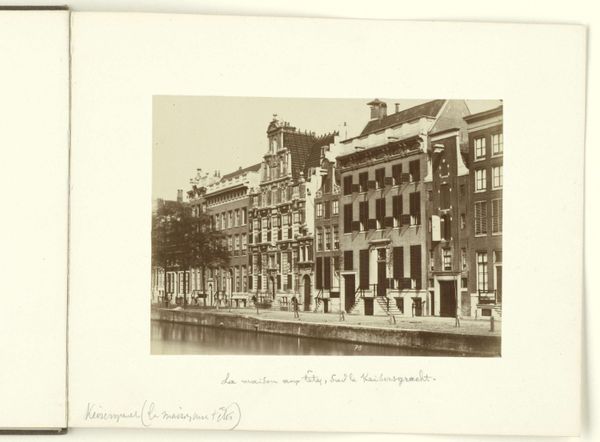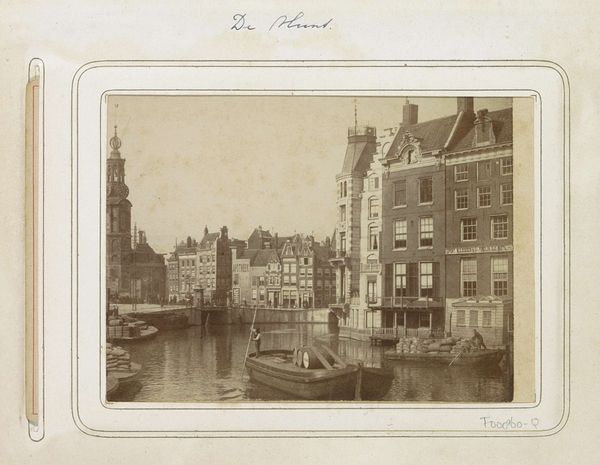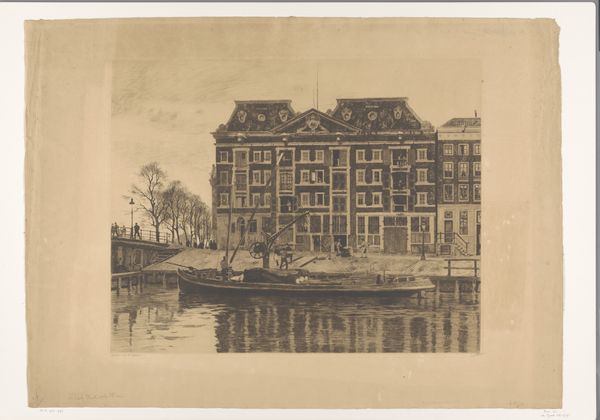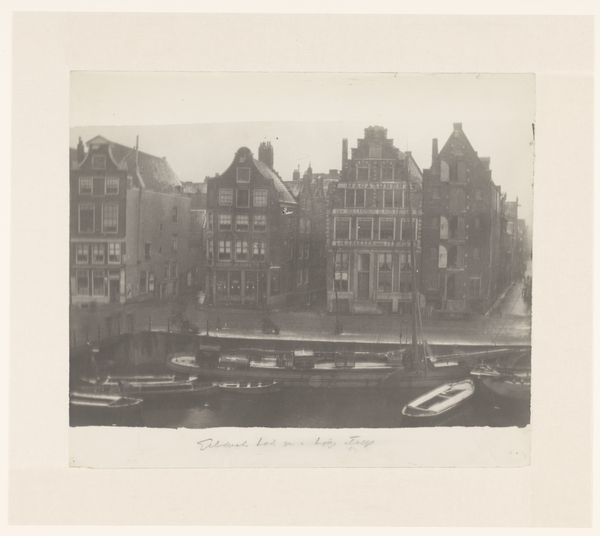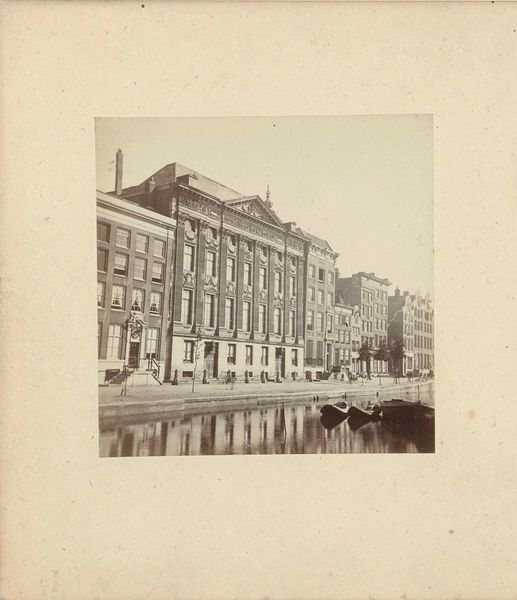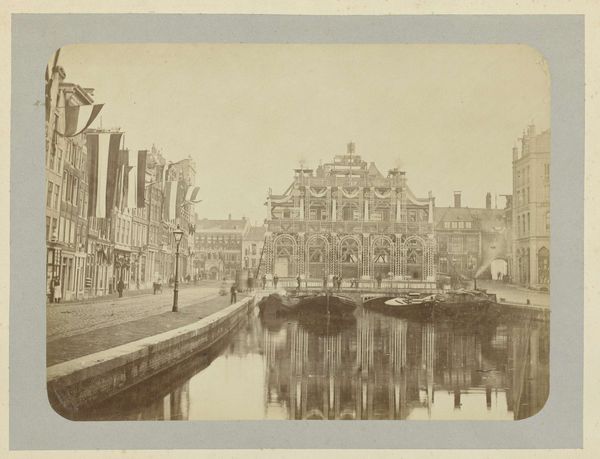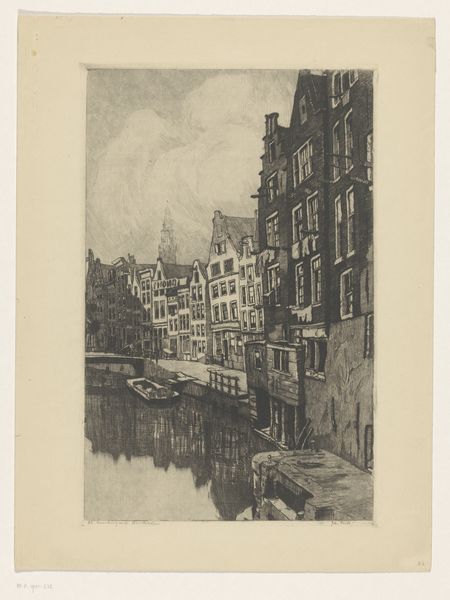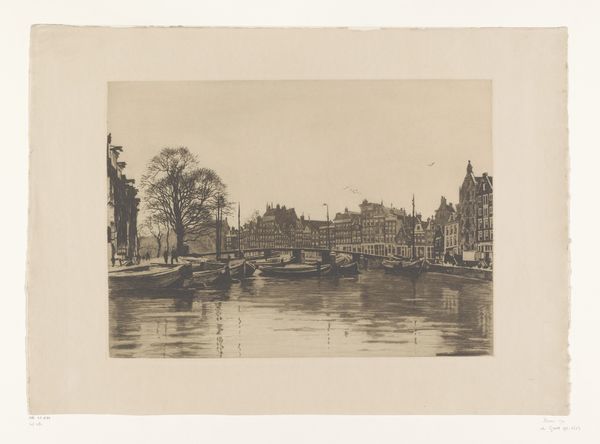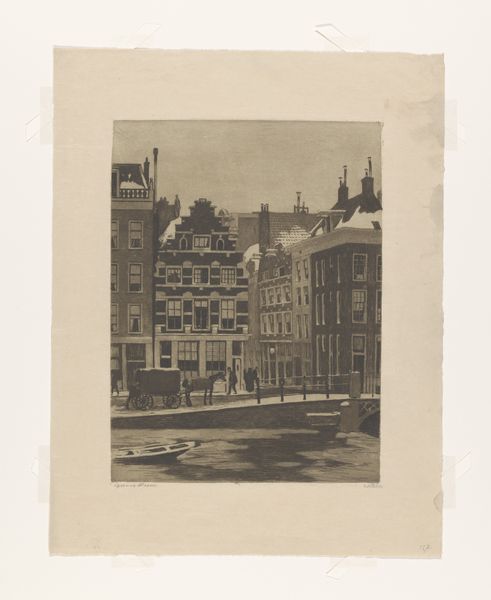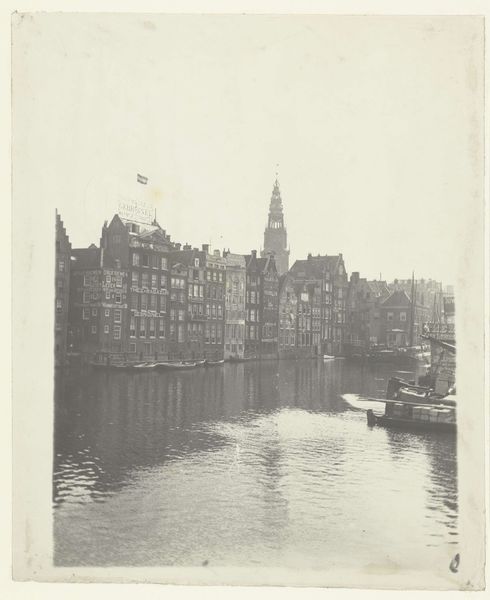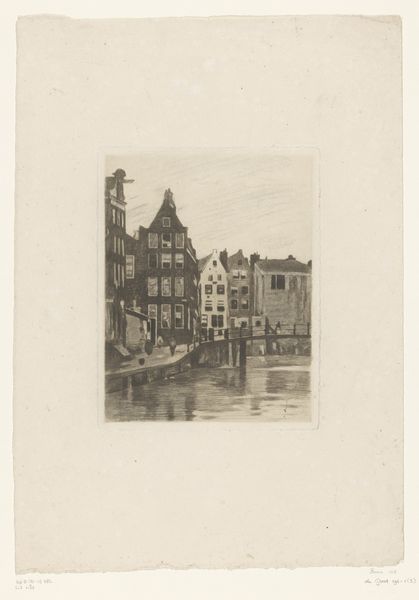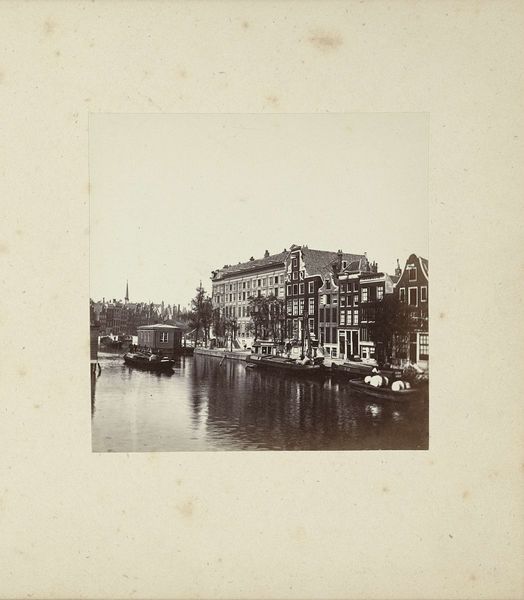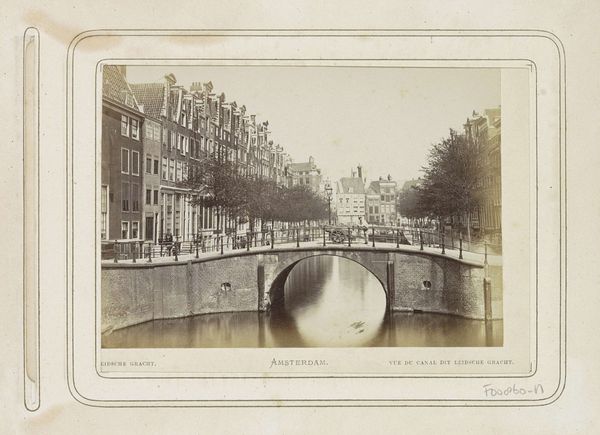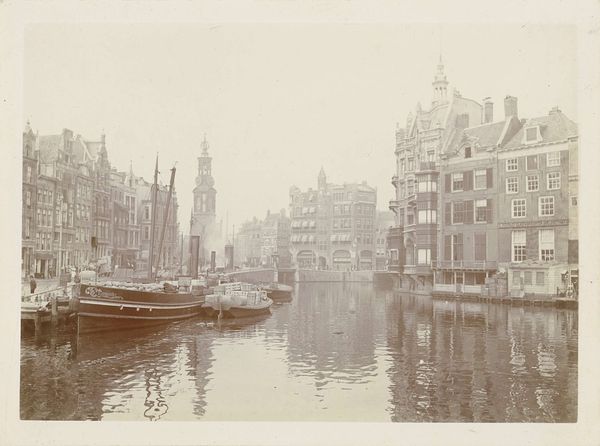
photography
#
dutch-golden-age
#
photography
#
cityscape
#
realism
Dimensions: height 117 mm, width 154 mm
Copyright: Rijks Museum: Open Domain
Editor: This photograph, taken before 1860 by Pieter Oosterhuis, shows the Herengracht canal in Amsterdam. The reflections in the water are quite striking! What’s your take on this image? Curator: Well, looking at this, I immediately think about the Dutch Golden Age, which, despite its name, was built on exploitation. The wealth displayed in these grand canal houses came, in part, from the Dutch East India Company and its brutal colonial practices. How do we reconcile the undeniable beauty and architectural innovation with this darker side of history? Editor: That’s a sobering point. I hadn't considered the link to colonialism so directly. It definitely changes how I view the houses themselves. Curator: Exactly. The seemingly neutral cityscape is in fact loaded with meaning. These aren't just pretty buildings; they're material manifestations of power structures and global trade networks. Editor: So, understanding the economic context informs our appreciation, or perhaps, complicates it? Curator: Precisely. Consider also, who was *allowed* to be photographed at this time? Whose stories are amplified, and whose are silenced in this representation of Amsterdam? Photography itself was a tool accessible mainly to the elite, reinforcing existing hierarchies. Editor: That's really powerful. It makes me think about the stories that aren't being told. Curator: This photograph is not just a record of a place; it’s a carefully constructed narrative, embedded within complex social and political dynamics. Editor: I'm going to rethink every cityscape I see now! Thank you. Curator: Likewise! Engaging with the art of the past necessitates an unblinking recognition of its connections to power and social justice, while also celebrating moments of resistance.
Comments
No comments
Be the first to comment and join the conversation on the ultimate creative platform.
